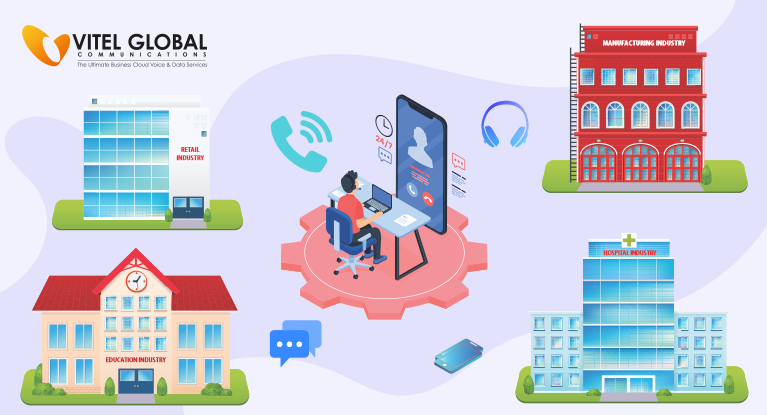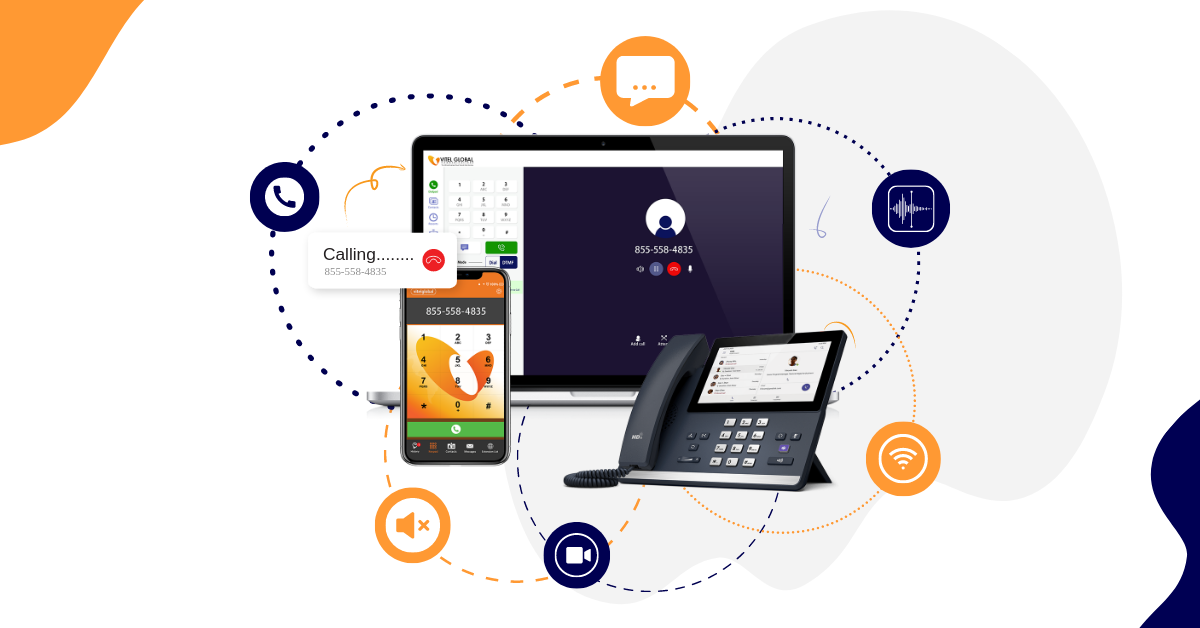What Are The Future Trends In API And UC Integration?

3 min read
Unlocking the Future: Discover Game-Changing API and UC Integration Trends. Stay Ahead of the Curve!
Going global is what corporations and governments are all about. APIs are the key to managing a company’s assets, so they’re now being built in multinational conglomerates. With this new way of thinking, APIs have become the first step in building the next generation of enterprise applications. It is accessible anywhere globally, 24/7. The Application revolution will unlock tremendous value for enterprises. It helps to fuel economies in all corners of our planet, driving innovation and prosperity.
Integrating UC is also becoming critical because people are massively adopting it as their preference. For which how they want to engage with an organization’s information and services. As the virtual workplace transforms into a truly global organization, new technology capabilities. These are needed to deliver secure and consistent services for everyone. These changes are giving rise to a new generation of unified communication as a service that can be integrated with enterprise application platforms using applications to create a unified information architecture.
This integration aims to build applications where all information, applications, and contacts are available in real time. No matter where an employee is located—across town or the ocean.
This article will explore how companies respond to this emerging trend by creating a user experience (UX) that is as seamless as it is integrated across the enterprise’s collaborative tools, business communication tools, and consumer-oriented web and mobile services.
The future is bright for businesses that want to integrate the power of it.
Here are five trends to look out for in API and UC integration that will help you stay on top of your game:
1. Voice As An Alternative Interface:
Companies offer voice assistants with their products, making it much easier for users to get around programs.
2. Greater Collaboration Between Developers:
The larger companies have a problem-solving team within their ranks. Still, smaller businesses often turn to third-party sources like contractors or freelancers when they need outside help developing their products or integrating new technology.
3. Greater Connection Between Various Systems Using APIs:
As businesses use more cloud storage models, they will find storing and sharing information more accessible across different programs and platforms. It should make life much easier for users and developers alike.
4. More Automation:
It allows for far more automation than before, so people can spend less time on repetitive tasks or doing things like updating their database, which can sometimes be very complicated.
5. More Emphasis On Accessibility:
More and more companies are realizing that technology can be expensive for some consumers, especially the elderly or those with lower incomes. So they are trying their best to ensure that their programs are easy to use and accessible to everyone.
So there you have it! These five trends show that tomorrow’s businesses will focus more on making technology than just discussing it. Because, after all, what good is technology if no one can use it or understand it?
Some More Next Significant Trends Might Be:
1) The focus will be on unified Apps for everything. With more companies opting for an “everything under one roof” approach to their product marketing strategy, it is expected to cause a corresponding increase in unified APIs across all industries.
It is because, from the consumer’s point of view, it will allow them to make one big purchase that covers everything they need, including information and entertainment.
2) Unified Communications will go a step further. In the next few years, unified communications will be about email, voice, and contact centers.
With SCaaS, it is possible to provide an application that acts as a personal assistant that helps with scheduling meetings and other support functions.
3) With The rise of video chat in the past few years, IM is replacing with simple text chat.
This trend is expected to continue with the increasing use of video chat as people prefer to communicate via video rather than traditional text.
The increase in smartphone camera quality will also play a role in this.
4) Messaging still needs to catch on. Messaging apps still need to be quite popular despite their benefits, such as flexibility and greater personalization, compared to standard SMS messaging.
While there are many messaging apps, adoption among users still needs to improve as they prefer to stick with their default messaging app or those favored by their friends and family.
As messaging platforms like WhatsApp and WeChat continue to grow, more people will use their messaging apps rather than SMS.
5) Mobile payments to increase Mobile payments are expected to rise due to the growing use of smartphones.
The simplicity and convenience of mobile payments make them attractive and are likely to drive mobile payment adoption in the future.
6) The continued decline of SMS has long been established as a means of communication focusing on brevity and simplicity. Yet, it is falling out of favor with many consumers as they prefer texting apps like communication API. It attributes to concerns about their security.
Conclusion:
With the current trends in API and UC integration, there is no doubt that this field will continue to grow exponentially.
Published: June 22nd, 2023
Subscribe to Our Latest Updates
Get monthly product and feature updates, the latest industry news, and more!





